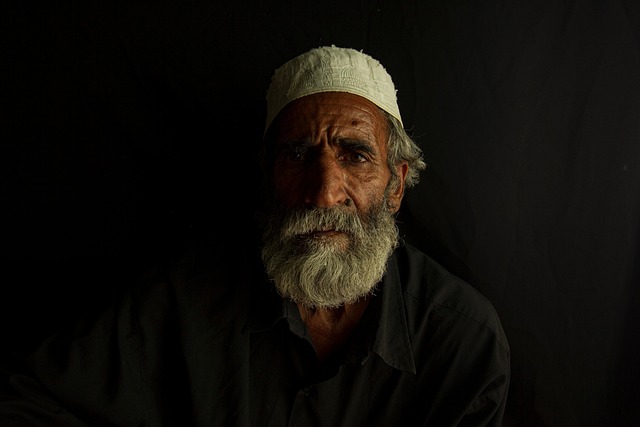Studio photography is an art form that melds technical skill with creative expression. When capturing images in a controlled environment, photographers have the unique opportunity to manipulate various elements to achieve stunning results. One of the key aspects that influences the quality of your photographs is the understanding of optics and camera exposure.
Investing time in mastering your camera’s settings and the lenses you choose can dramatically affect your studio photography. The right optics allow you to control focus, depth of field, and the overall aesthetic of your photos. Selecting a prime lens can yield remarkably sharp images with beautiful background blur, while a zoom lens provides versatility for various compositions without having to change positions frequently.
In studio photography, exposure is critical. It dictates how light interacts with your camera’s sensor, transitioning your image from bright and vibrant to dark and moody. Learning how to balance aperture, shutter speed, and ISO is essential for achieving the desired exposure. Each of these elements contributes to the final image, allowing you to create everything from soft portraits to high-contrast commercial shots.
Outside of the technicalities, understanding the emotional context of your photos is vital. Studio photography often has the power to evoke certain feelings based on lighting and composition choices. For instance, soft, diffused lighting can bring warmth and intimacy to a portrait, while harsh shadows can convey drama and intensity. By mastering not just the mechanics of your camera and optics, but also how they interact with the environment you create in the studio, you can significantly enhance the emotive quality of your photography.
Moreover, post-processing plays a pivotal role in studio photography. After capturing your image, the editing process allows you to fine-tune exposure, contrast, and color balance, bringing your vision to fruition. Software like Adobe Lightroom or Photoshop offers tools to adjust these factors easily, ensuring that the final image reflects your creative intent.
As you explore studio photography, remember that mastery comes with practice and experimentation. Dive into different lighting setups, try various lenses, and play with the camera settings until you discover a style that resonates with you. The journey of mastering optics and exposure will not only enhance your skill set but will also deepen your appreciation for the transformative power of photography. By combining your technical knowledge with a passionate approach to capturing moments, you can create compelling images that tell a story and connect with your audience on a profound level.



